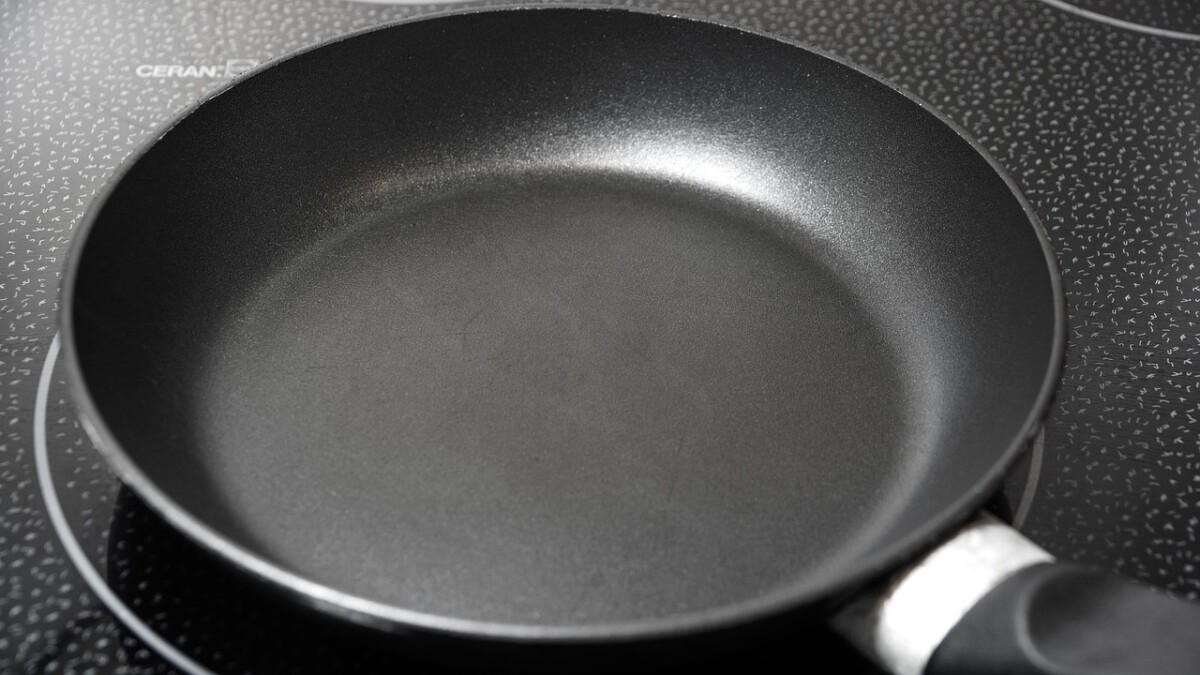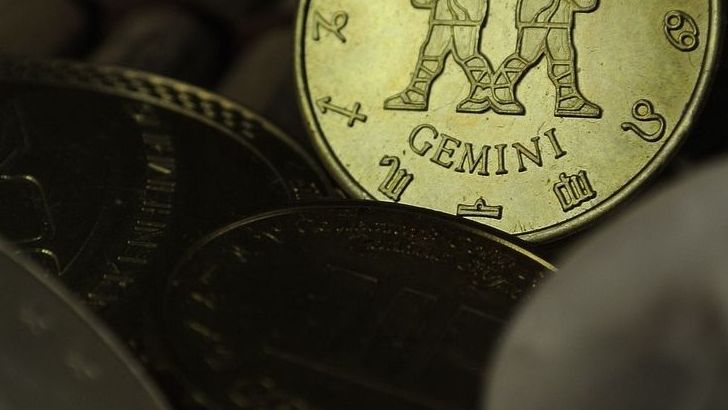Using Cooking Spray on Nonstick Surfaces

It might seem logical to add an extra layer of protection with cooking spray, but this habit is actually one of the fastest ways to destroy your nonstick coating. Using a nonstick cooking spray, such as Pam or Smart Balance, can damage your pan’s nonstick finish. The problem lies in the spray’s composition and how it interacts with the nonstick surface.
Nonstick cooking sprays aren’t just oil in a spray bottle; they typically contain at least one type of oil plus an emulsifier, such as lecithin. Lecithin causes problems for nonstick cookware. It leaves a sticky residue behind and can adhere to your pan and build over time, ultimately impeding the abilities of the nonstick coating. This sticky buildup becomes nearly impossible to remove with regular soap and water, and scrubbing it off will likely damage the coating even further.
Cooking sprays burn at a lower temperature than butter or oil and can leave a sticky buildup on your pan that’s hard to remove. In fact, Anolon says in its owner’s manuals that using cooking spray on its nonstick pans will void the warranty. Instead of reaching for the spray can, use a small amount of butter or oil, or fill a mister with your preferred cooking oil for better control and coverage.
Heating Empty Nonstick Pans

One of the most dangerous habits for both your pan and your health is preheating an empty nonstick pan. Heating an empty nonstick pan can damage the coating and shorten its life, according to T-Fal, a major manufacturer of nonstick skillets. In addition, overheating PTFE coatings can produce fumes that are potentially toxic to pets and harmful to humans. This practice can quickly destroy the nonstick properties and create safety hazards in your kitchen.
Empty pans can reach high temperatures within minutes, potentially causing the release of polymer fumes. These temperatures can climb much higher than when food or oil is present, as these ingredients help regulate the pan’s temperature. The results showed that prolonged heating and temperatures higher than 250°C (482°F) affected the internal structures of all the cookware, according to a 2024 study on nonstick cookware safety.
Always add some oil, butter, or food to your nonstick pan before heating it. We always recommend heating any nonstick skillet with oil or butter in it, as these fats smoke at lower temperatures (usually around 350 or 400 degrees, depending on the type of fat), and provide a visual cue that the pan is getting dangerously hot. This simple practice protects both your cookware and your family’s health.
Shocking Your Pan with Sudden Temperature Changes

Perhaps the most common mistake that leads to warped pans is subjecting them to thermal shock. Rinsing hot pans with cold water is the leading cause of warping. Doing this causes thermal shock – an abrupt temperature change that forces materials to contract unevenly and warp. This damage often happens gradually, so you might not notice the effects immediately.
Thermal shock occurs when different parts of an object – like a glass pan or ceramic plate – expand or contract unevenly due to sudden temperature change, whether hot to cold or cold to hot. This unexpected expansion or contraction puts strain on the object, to the point that it may crack, warp, or even shatter, depending on the object’s tensile strength. Nonstick pans, often made with aluminum cores, are particularly susceptible to this type of damage.
Allow pans to cool before washing. Sudden temperature changes from hot to cold can cause the nonstick coating to crack or peel. Let the pan cool to room temperature before washing. The coating can become compromised when exposed to rapid temperature fluctuations, leading to flaking or peeling that contaminates your food.
Instead of rushing to clean your hot pan, let it cool for ten to fifteen minutes before washing it with warm water. This simple patience can dramatically extend the life of your nonstick cookware and keep it performing like new for years to come.
What do you think about these cooking habits? Many of us have been guilty of at least one of these mistakes. The key is recognizing these damaging patterns and making small adjustments to protect your investment in quality cookware.






